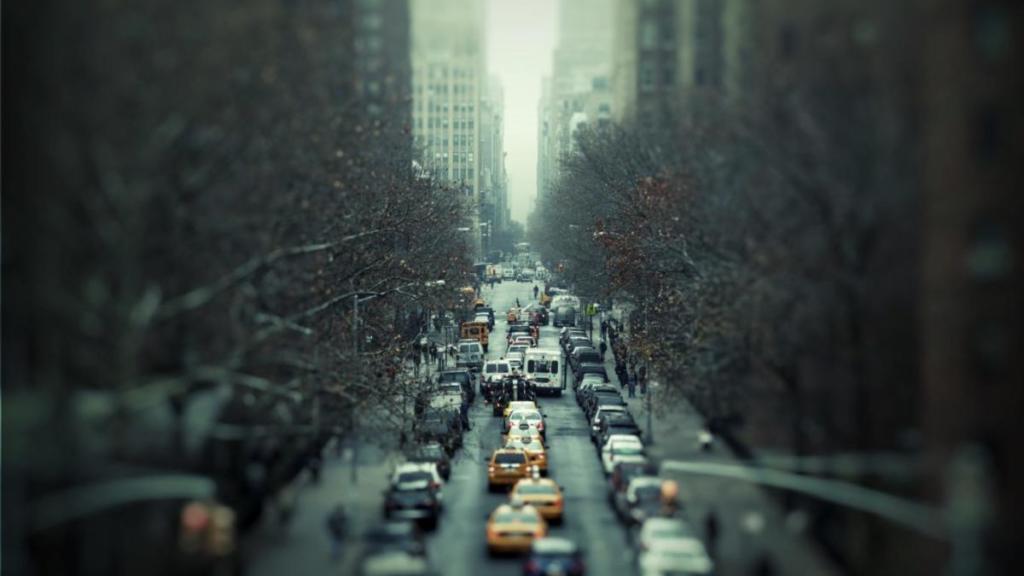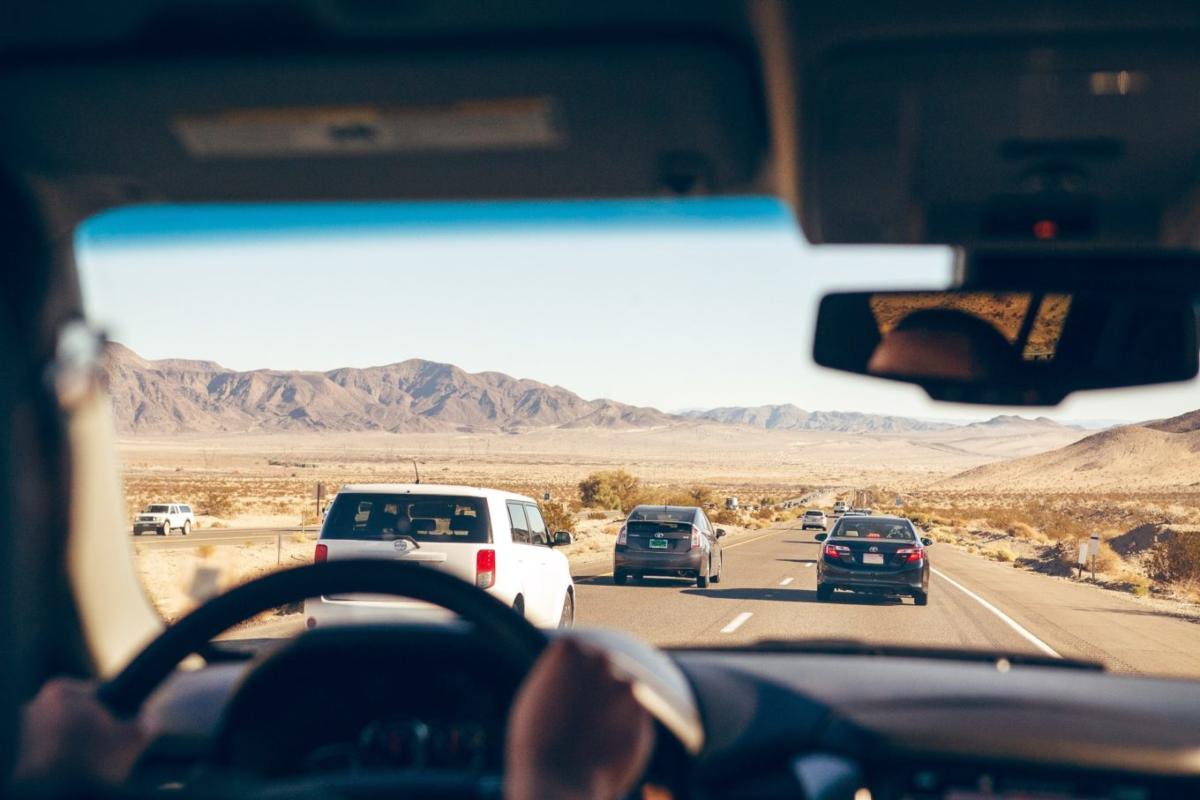[This is an edited (length severely cut) version of my academic review of Traffic: Why We Drive the Way We Do (and What It Says About Us) for a class. Despite it being for a class, I hope you find it interesting – and I highly recommend the book for anyone who has even thought about getting behind the wheel.]
There were five of us in the car.
I had just turned seventeen, ready to start my first year at college, and finally had a driver’s license. The summer sun shone on the asphalt and my car alike; we were on one of the few straight, unwooded roads outside of town. I had been driving for several months; the jitters I’d started with were finally gone. It was a lazy driving summer day.
I don’t remember what the conversation was about; I just remember turning to say something to Dan in the back seat. A few seconds later, Loretta and Ray started yelling; I looked up and swerved just in time to avoid hitting the other car. I’d veered all the way into the other lane.
This was the first in a pattern. I’ve driven in some horrific conditions. Several hours in whiteout conditions during a blizzard in the mountains of West Virginia. A torrential downpour in Virginia, reminiscent of the monsoons in Korea, which flooded the road and introduced me to the world of hydroplaning. Sheets of ice in Missouri that only needed a zamboni to let one skate on the blacktop. None of my serious crashes or near misses happened in these conditions. They all occurred in broad daylight, on sunny days, in relatively boring traffic. They happened when I felt safe.
We live with a comforting reality inside our heads, one where causality is a continuous narrative, explaining the story of our lives. A solipsistic story, where life is a choose-your-own adventure tale rather than a novel where the outcome is far outside our control. We see artifacts of this communal – but private – narrative in our cultural artifacts. We search for controllable differences between crime victims and ourselves. We vilify the mentally ill to provide for criminal minds that are not like us.
We fervently believe that our modern Horatio Algers – Microsoft and HP – really started in garages just like our own.
And we drive as if we know what we’re doing.
 In Traffic, Tom Vanderbilt has unintentionally created an accessible postmodern exposé, illustrating through cyclic examples how the world we think we see simply isn’t the world around us at all.
In Traffic, Tom Vanderbilt has unintentionally created an accessible postmodern exposé, illustrating through cyclic examples how the world we think we see simply isn’t the world around us at all.
He writes in a popular modern style – one I call “new comprehensible snark”. It will be comfortable for those who are used to reading Slate, or perhaps listening to the edgier National Public Radio programs (no, that’s not an oxymoron) such as Radiolab. This is not surprising, since Mr. Vanderbilt also writes for Slate and Wired. This is fortunate, because not only does he present a mass of information in this text, but also the material itself challenges our worldview.
In one respect, this work is easy to summarize: The world is not as it seems to you. People are stranger than your plans for them, and will probably thwart your good intentions anyway. You do not have as much control as you think, especially in traffic.
Each chapter, despite the different angles by which they approach this theme, simply presents more and more evidence to support this thesis. This is necessary; his goal of convincing us to accept an evidence-based view of the world that directly contradicts our internal narrative is a difficult one for most people to accept. At least, for themselves.
Yet at the same time, this work is difficult to summarize. The devil is in the details, and the details are fascinating, even though they merely skim the surface of concept.
Ultimately, this book is a first step towards changing the way we look at traffic and ourselves. Top-down solutions have routinely failed due to the human element. Instead, this book aims to work at altering the narratives of individuals. By presenting this information, Mr. Vanderbilt hopes to start the realization and discussion. Although he expresses doubt for the persistence of this information in himself, I found it affecting my own driving habits. In the short term, I have noticed myself paying more attention to conditions, eschewing the cell phone, and generally avoiding hitting anyone. It does provide a glimmer of hope for a better future.
Once we are able to set aside our own individual sense of supremacy and total control, once we can become aware of the ways we fail to evaluate reality and risk, once we realize our own biological limitations and tendencies, we may be able to find the roadways to be a civil, polite, and efficient place.
At least, until we have problems from all the pigs flying about.
